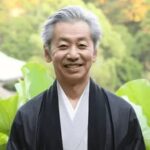KAMAKURA
TEA EXPERIENCE
AUTHENTIC JAPANESE TEA EXPERIENCE AT ENGAKUJI,
A 13TH CENTURY ZEN TEMPLE
IN KAMAKURA
We proudly offer our guests an authentic yet modern Japanese tea ceremony experience on the beautiful grounds of Engakuji, a Zen temple in Kamakura.
In a peaceful and historical setting, local tea master Hiromichi Aoki will guide you through the history and art of Japanese tea ceremony in English with the spirit of harmony(和), respect(敬), purity(清) and tranquility(寂).

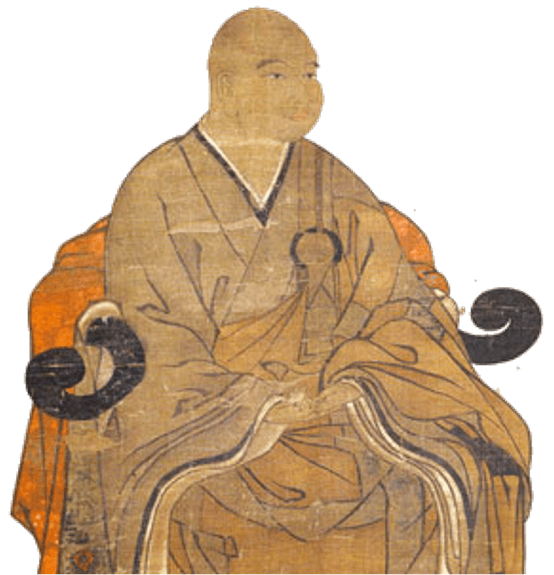
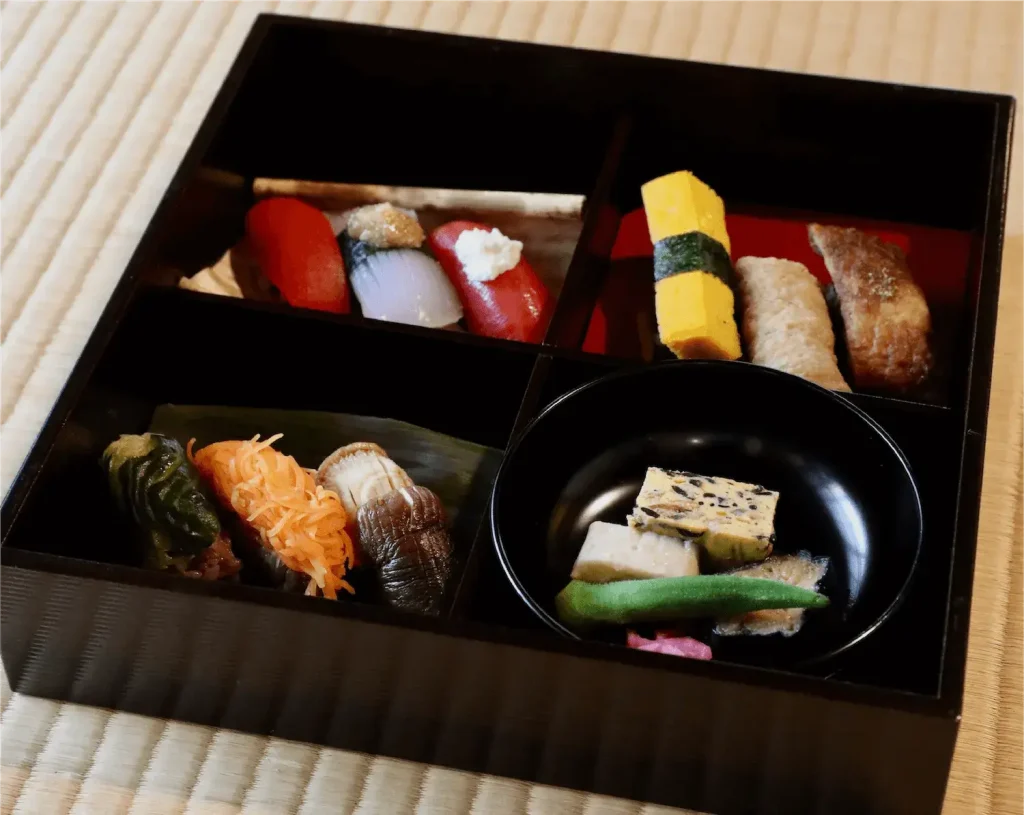
1. MEAL
After a short introduction, we serve a meal with high-grade sake, which is in accordance with tea ceremony (chaji) procedures. The vegetable sushi served is made in Kita-Kamakura by Chirashiya, a traditional/sushi restaurant that uses the concept of vegan cooking as a guideline for its dishes. The meal is served in a shokado-bento (lacquered box) instead of the traditional hour-long Kaiseki and we use a Tea ceremony type of chair and table, (ryurei), for your comfort.
2. SAKE TASTING
The sake we have selected is Shoryu Horai, which means “the dragon climbing Mount Horai, where eternal life is granted.” It is crafted by Oya Takashi Sake Brewing Company in the Aiko district in the mountains of Kanagawa. Their cold winters produce a rich and fresh flavored sake.
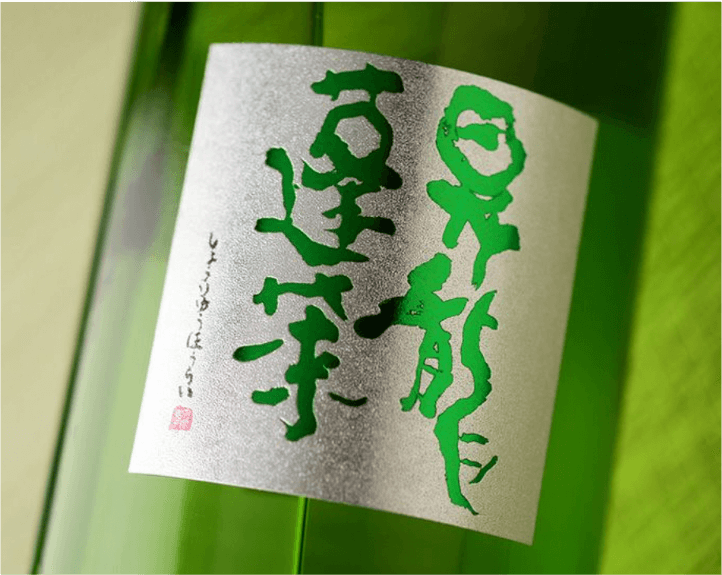
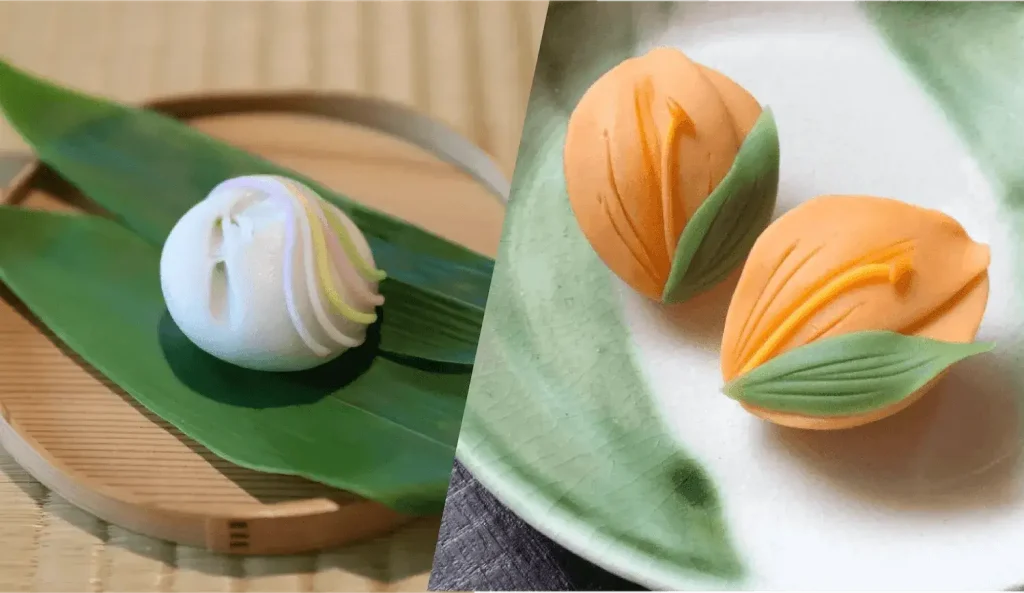
3. OMOGASHI :
SWEETS ENJOYED BEFORE TEA
Seasonal sweets handmade by Kuu (meaning “feather in the sky”), a traditional confectionery shop in Kita-Kamakura. They are made with natural coloring, are delicate taste wise, and gentle for the body.
4. KOICHA : THICK TEA
Koicha is the “heart” of the traditional Japanese Tea ceremony and is seldomly offered to non-Tea ceremony practitioners.
At that time, the host purifies the utensils to make tea: tea bowl, whisk, tea scoop, the containers for matcha and hot water. Then Koicha, a tea with a thick consistency is made and served to the guests. Koicha is a full-flavored, dark green tea which is mid-way between a liquid and a paste. It is made from the sweeter, highest quality matcha from Uji, Kyoto.
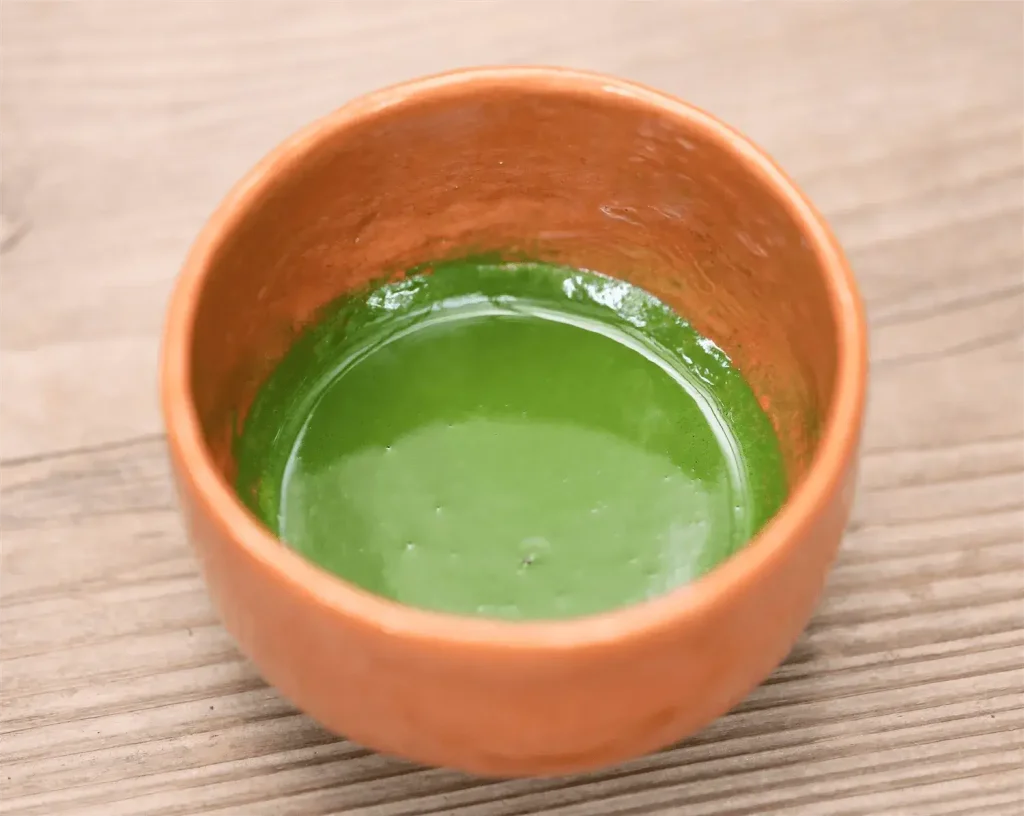

5. USUCHA : LIGHT TEA
Guests select their own tea bowl for Usucha, a light and thin tea, sit down in front of the hot water kettle and make Usucha using a tea scoop and whisk. Usucha is the most common type of tea that is served to guests at modern tea gatherings and casually in the home. To accompany the tea, we prepare a selection of chocolates crafted by Calva, an award-winning Kita-Kamakura chocolatier.
PROGRAM
We are fortunate to partner with the finest artisans and artists in Kamakura and Kanagawa to serve meal, sweets and beverages. We have carefully selected to deliver the best of the best in Kamakura.
FLOW 1
After a short introduction, a lunch/dinner will be served with Sake, which follows Tea Ceremony(“Chaji”) procedures. The chair and table will be available for your comfortable setting. Please enjoy the vegetable sushi made in Kita-Kamakura and local sake from mountain side of Kanagawa.
FLOW 2
Sweets handmade by Kuu (Feather in the sky in English) in Kita-Kamakura will be served. Please feast your eyes on it and taste it with your tongue and enjoy the season delicately enclosed.
FLOW 3
The host prepares the utensils for use, the tea bowl, whisk, scoop, containers for tea powder and cold water and then makes “Koicha”, thick tea and serve it to guests. Koicha is full-flavored tea with blackish green color using high quality tea powder.
FLOW 4
Guests select own tea bowl for “Usucha”, light and thin tea, and sit down in front of hot water kettle and make “Usucha” using tea scoop and whisk. “Usucha” is the most common type, served to guests at modern tea gatherings and casually in the home.
FLOW 5
Chief Zen priest of Ryoin-An recites sutras wishing happiness and peaceful mind for guests in closing.
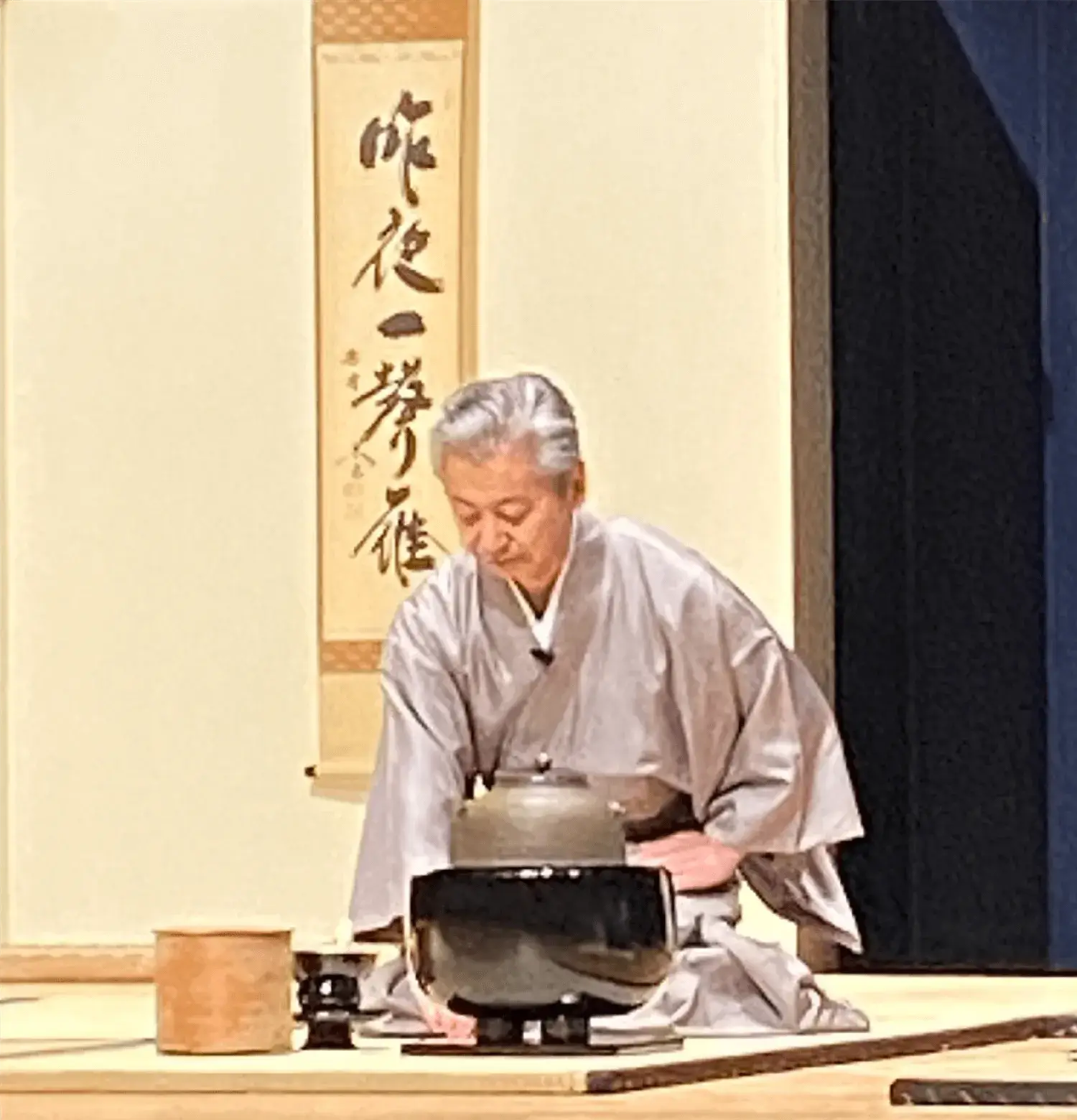

HIROMICHI AOKI
Local tea master Hiromichi Aoki has practiced chado (the way of tea) in the Urasenke School and Yabunouchi School for over twenty years and is an Associate Professor of Urasenke.
After working in investment banking, private equity and venture capital in New York, London, Tokyo and Hong Kong for over 35 years, he now enjoys teaching tea ceremony to tea-curious locals and people who visit Kita-Kamakura from around the world.
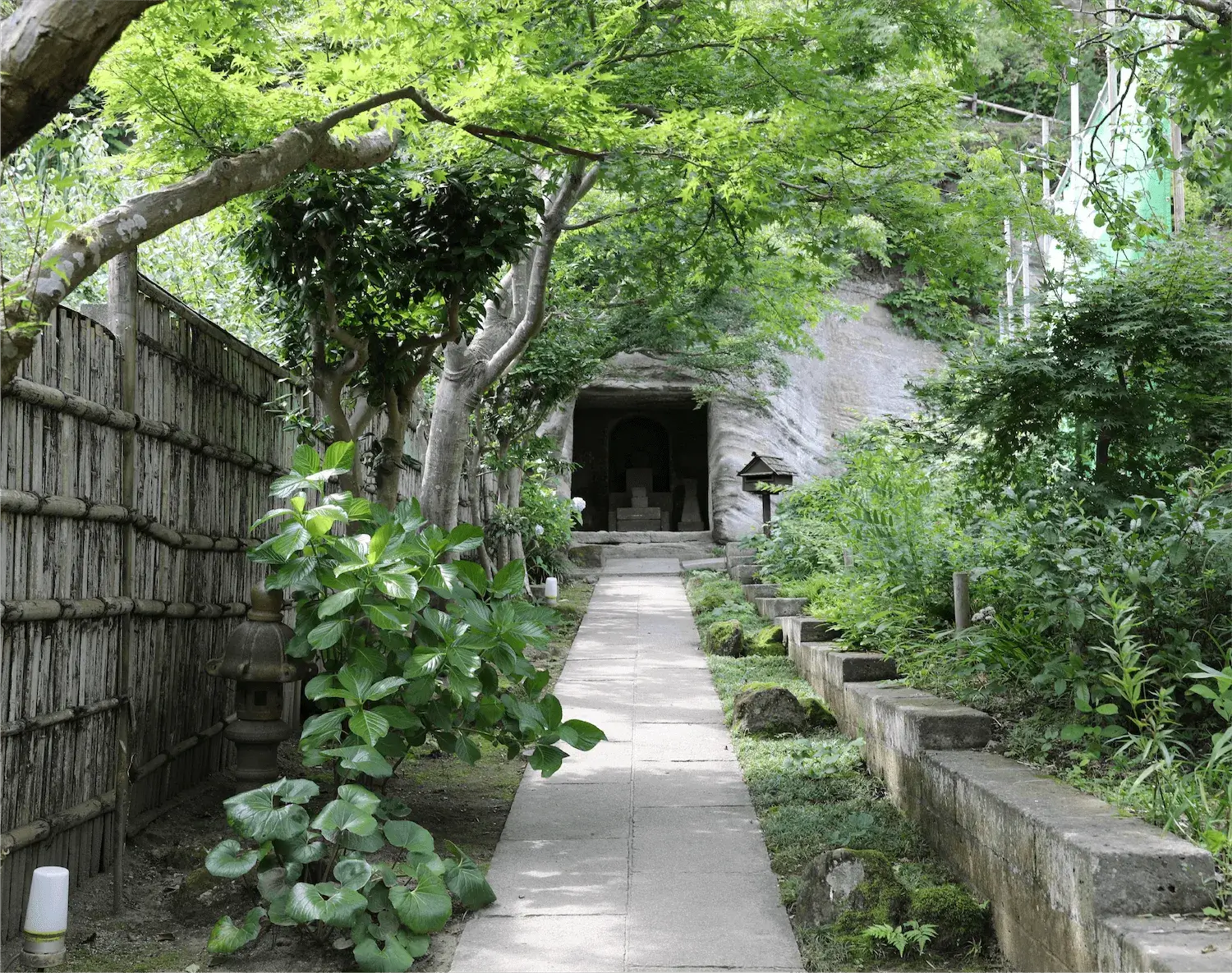
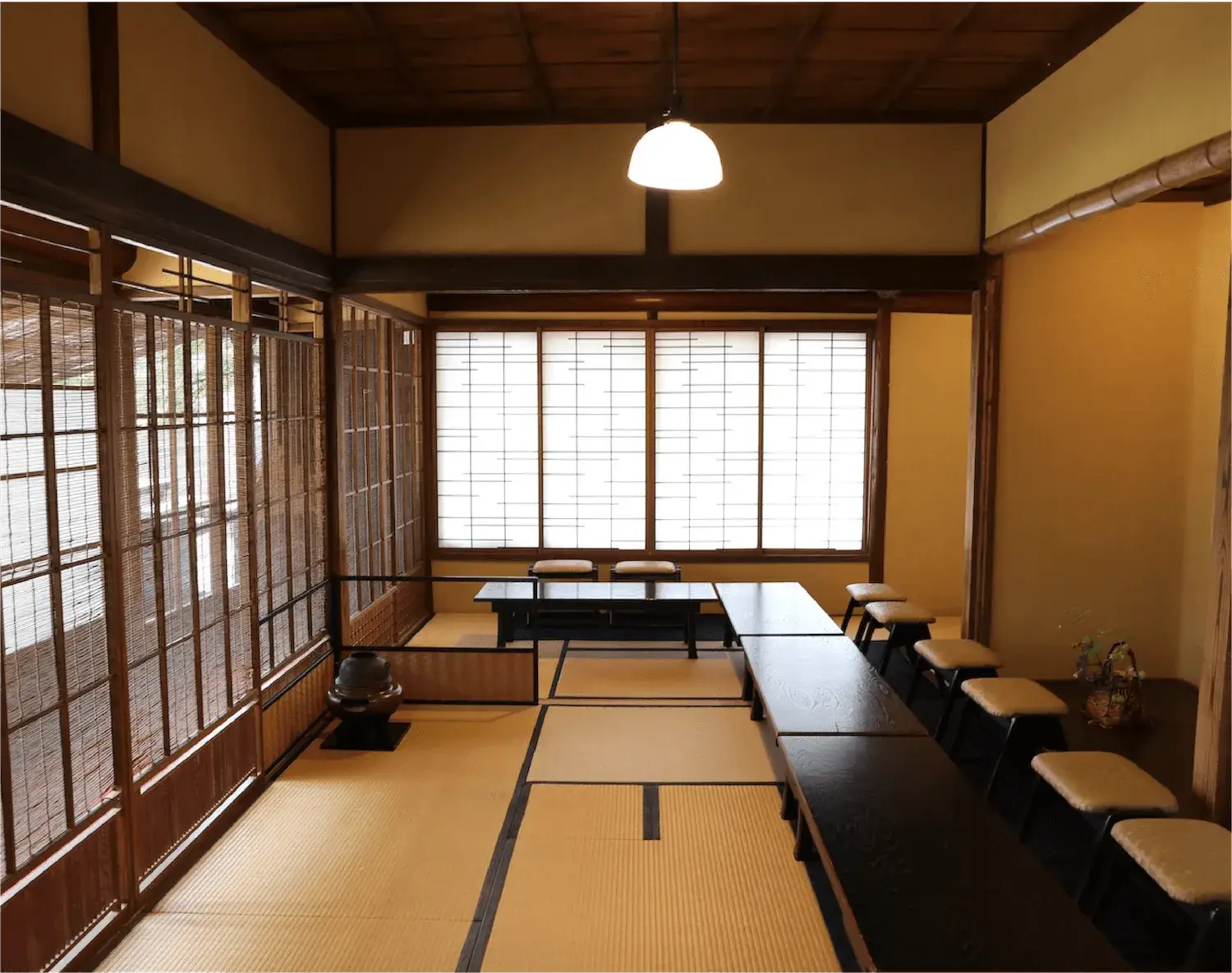
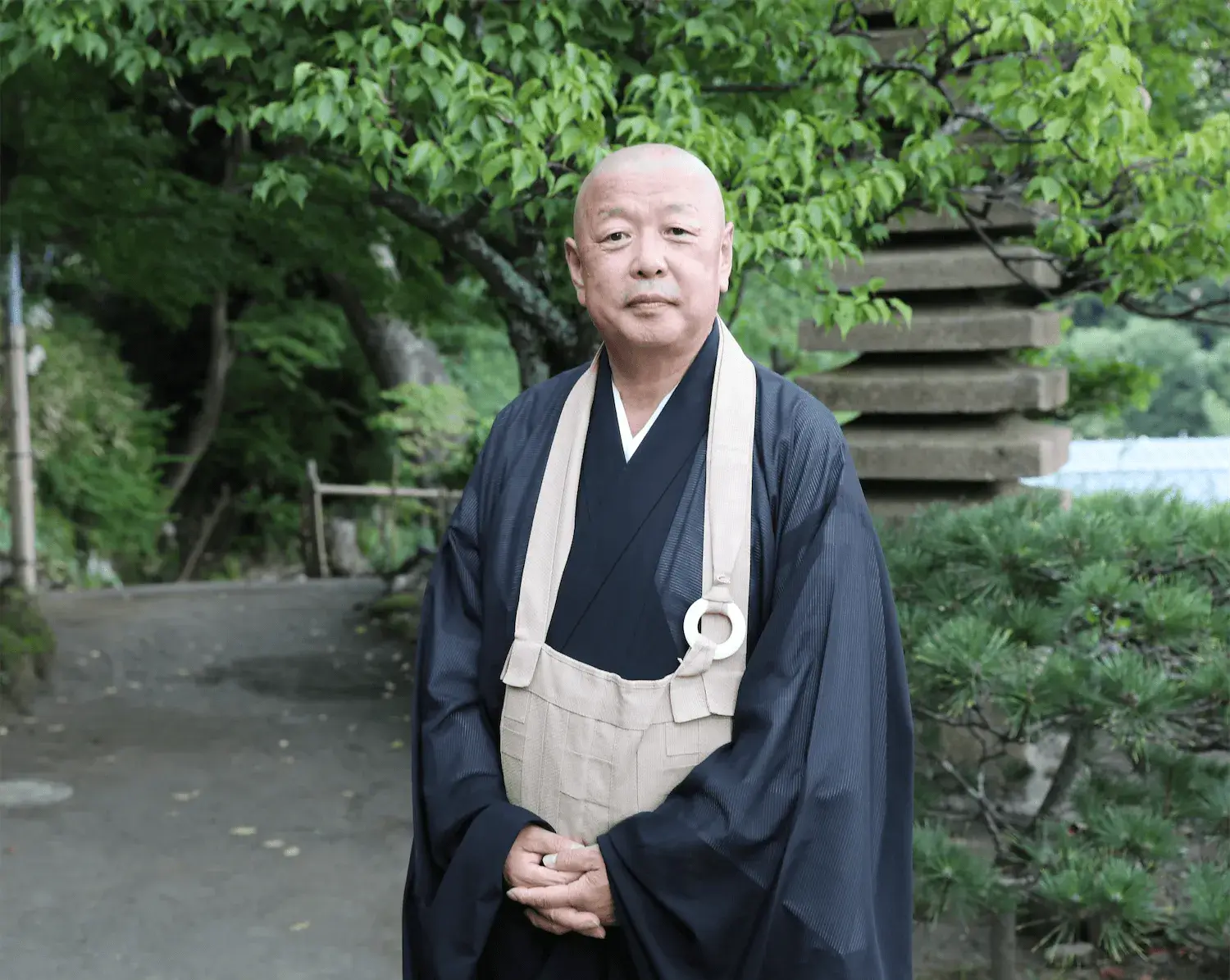
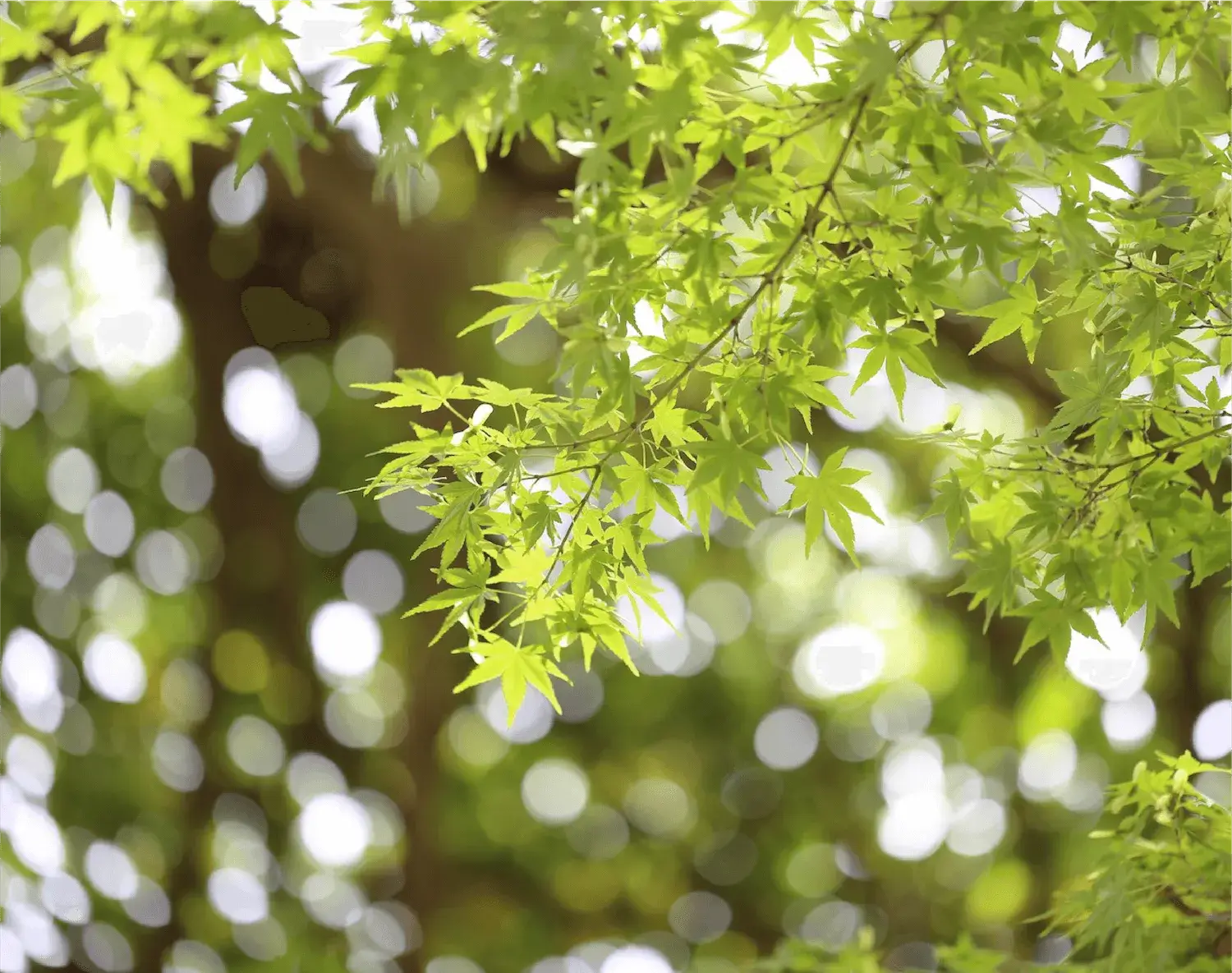
ENGAKUJI
Engakuji was founded in 1282 under the patronage of Hojo Tokimune, the eighth regent of the Kamakura shogunate.
Invited by Tokimune, Chinese Zen Master Mugaku Sogen founded Engakuji after the Koan War with the intention of bringing peace to the country, promoting Zen and paying respects to war victims. It was during this time that ceremonial tea drink and practice of Zen became widespread.
We hold our tea ceremony experiences in Ryuin-An, one of the 19 sub-temples of Engakuji. Engakuji had a unique relationship with Daisetsu Suzuki, a professor and scholar of Zen Buddhism widely known in the USA and Europe.
Ryuin-An once held monthly tea gatherings in Kamakura in the middle of the twentieth century at its tea room, “Raku Raku-An.”
Raku Raku-An is no longer in use due to its age, but plans are underway to raise funds in order to restore the original decor.
The chief Zen priest of Ryuin-An, Shubun Ota welcomes you and wishes you peace and happiness.

